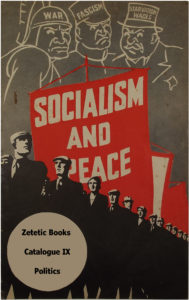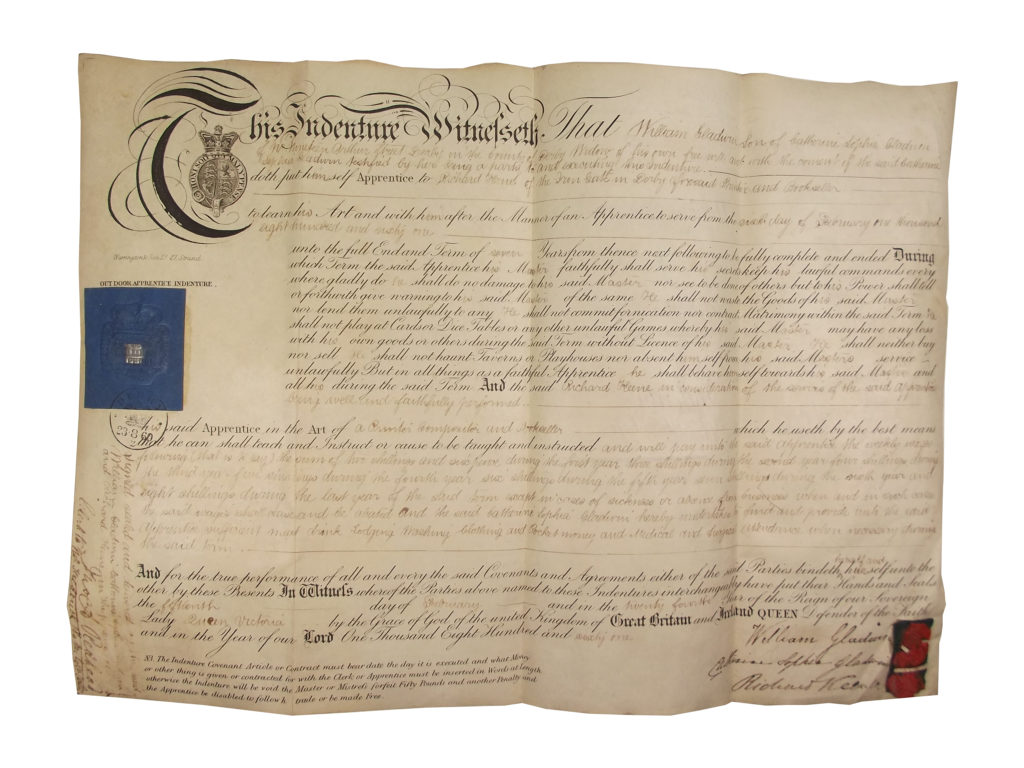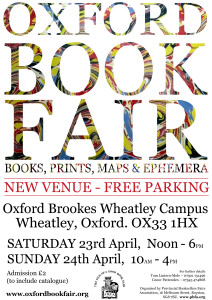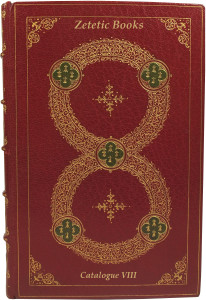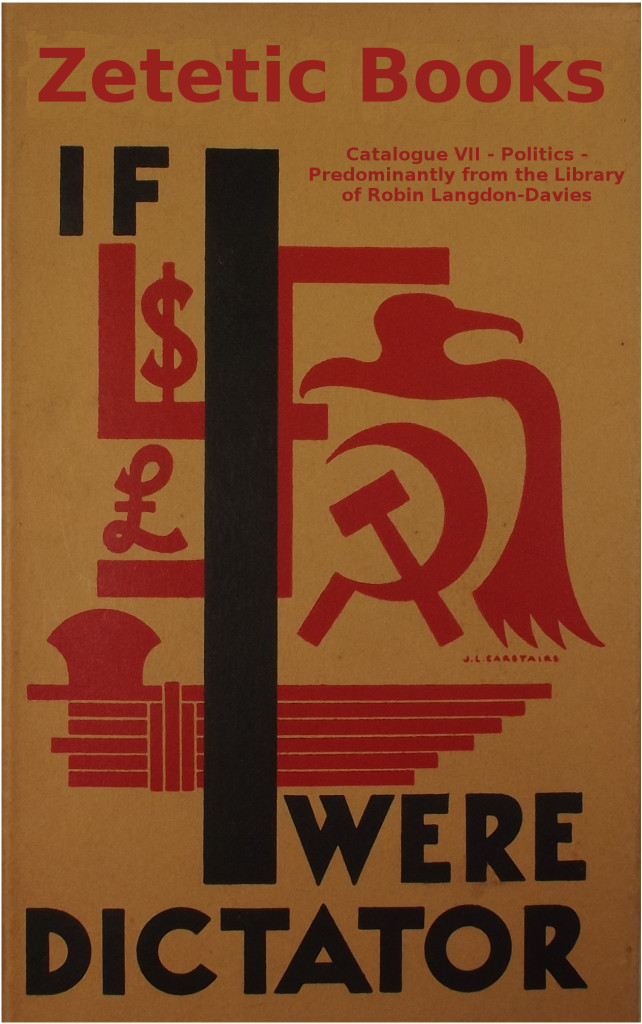The latest bulletin is now available – click on the cover below – it consists of fifty printed handkerchiefs, (well forty-nine and a bib), with a range of subjects covered.
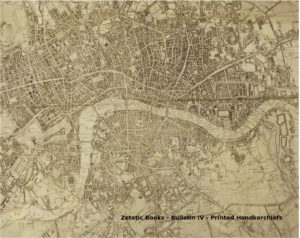
Often quite large, these handkerchiefs record many of the major events of the eighteenth, nineteenth and twentieth centuries, though they originated in the seventeenth century, with the earliest dated surviving plate printed handkerchief being John Adam’s map of England, produced by William Berry in 1685/6 (Schoeser, pg 4).
The advantages of a map printed on silk versus a map printed on paper are obvious, especially for a large city like London, where size would be an important issue. Travellers in London could also purchase handkerchiefs showing Hackney cab and coach fares (Schoeser, page 7).
Printed handkerchiefs also had a number of other roles. As well as being decorative and informative they were also educational, entertaining, often with children’s nursery rhymes and caricatures, satirical, political (there is a wonderful example commemorating Peterloo – alas not available here!) and also as souvenirs (Royalty being particularly popular).
Schoeser’s Printed Handkerchiefs, a booklet published to accompany an exhibition of handkerchiefs at the Museum of London in 1988, is an excellent short introduction to the subject.
The best collection of recent times was Christopher Lennox-Boyd’s, some of which was sold at Christies in March 2008, including a copy of the London map in the bulletin and the Peterloo handkerchief mentioned above
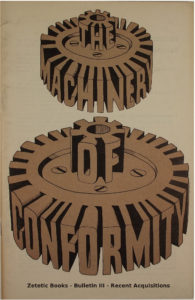
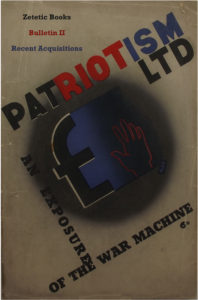
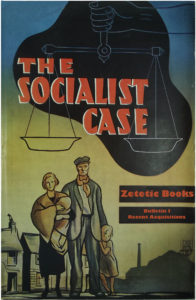
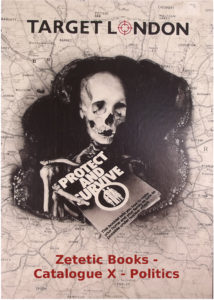
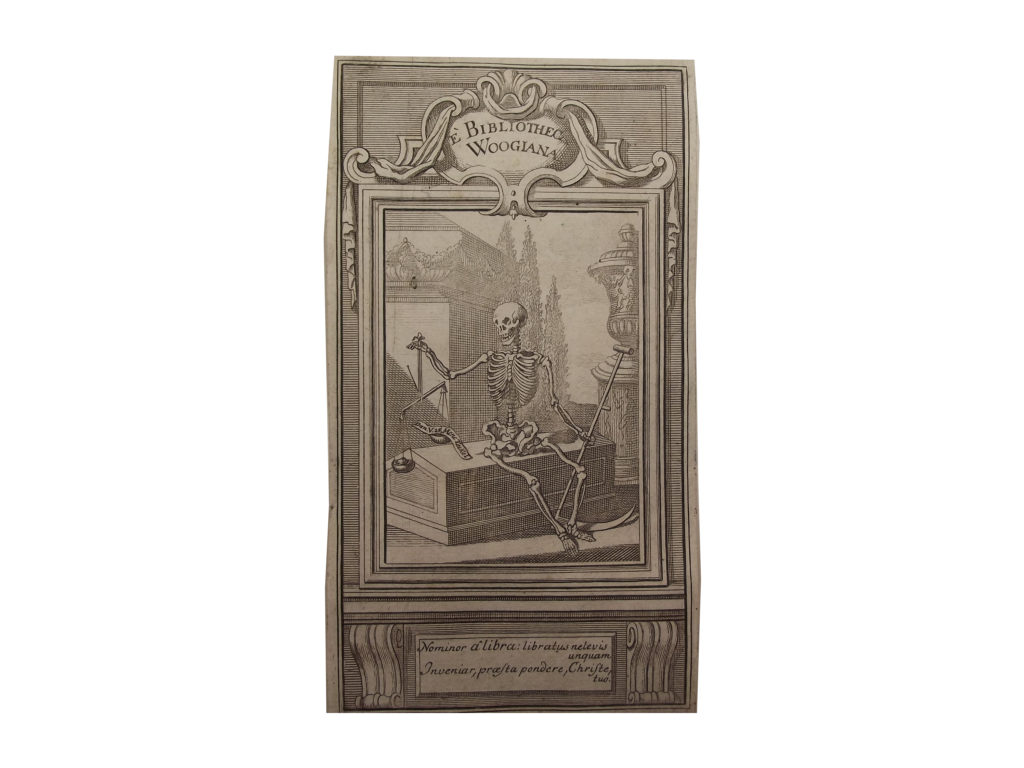 A recent addition to the biblio-ephemera collection here at ZHQ is the bookplate of Karl Christian Moritz Woog (1684-1760), who was a German evangelical Minister who apparently devoted himself to scientific work, and more importantly for us, ‘collected a handsome library’ (Muller – General German Biography). The library, wonderfully named Bibliothecae Woogianae, was sold at auction in Dresden in 1755, and as you would expect was largely theological in content, though there were works on history, philosophy, economics and medicine – it can be viewed
A recent addition to the biblio-ephemera collection here at ZHQ is the bookplate of Karl Christian Moritz Woog (1684-1760), who was a German evangelical Minister who apparently devoted himself to scientific work, and more importantly for us, ‘collected a handsome library’ (Muller – General German Biography). The library, wonderfully named Bibliothecae Woogianae, was sold at auction in Dresden in 1755, and as you would expect was largely theological in content, though there were works on history, philosophy, economics and medicine – it can be viewed 